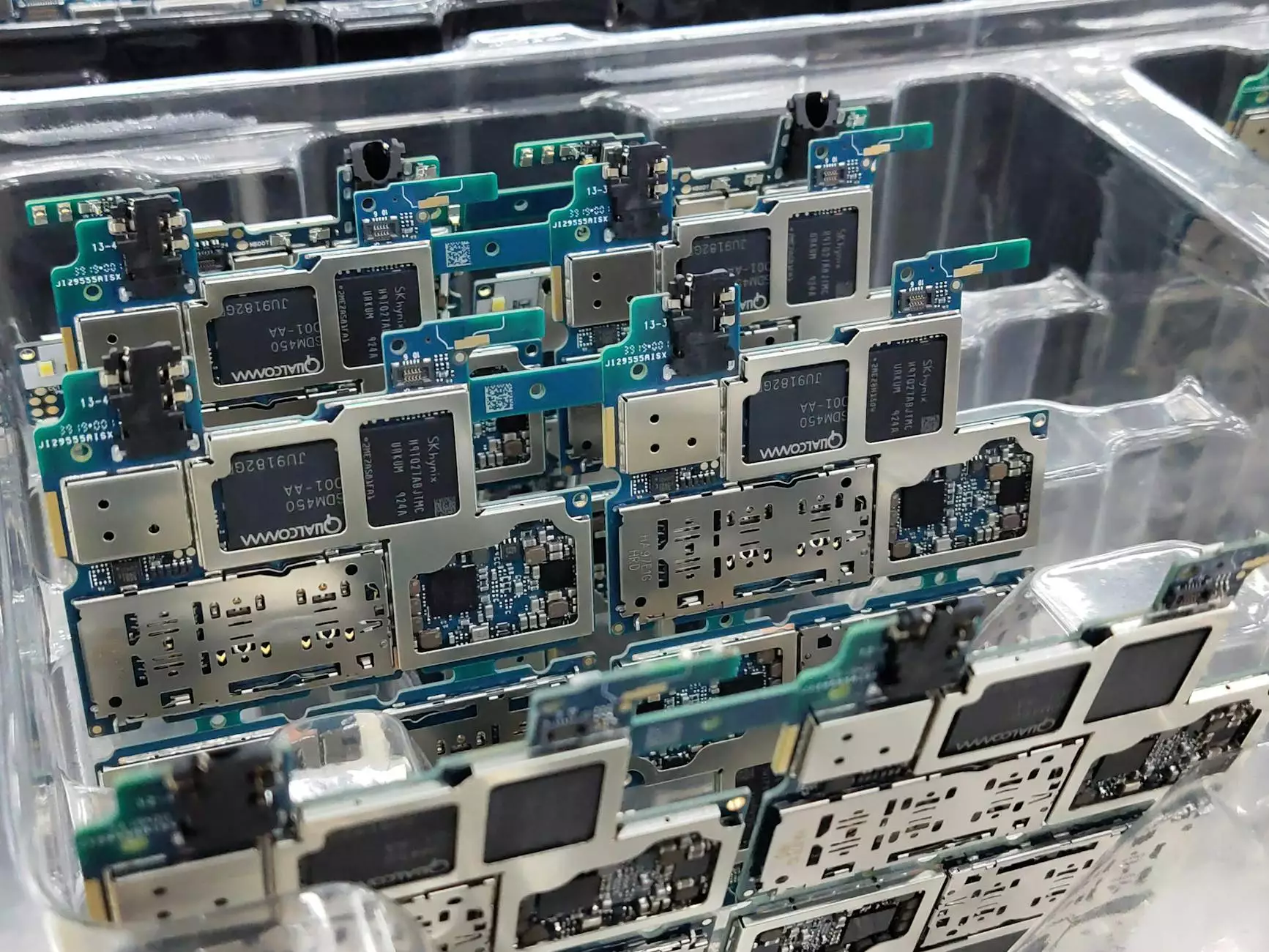How Do Flash Drives Store Data
Services
Welcome to Content Professionals, your go-to source for SEO services and in-depth information on various topics. In this article, we will explore the fascinating world of flash memory and how flash drives store data efficiently and securely. Let's dive in!
The Basics of Flash Memory
Flash memory is a type of non-volatile memory that can be electrically erased and reprogrammed. It is commonly used in portable electronic devices such as USB flash drives, SSDs (Solid-State Drives), and memory cards. Unlike volatile memory, which requires power to maintain stored data, flash memory retains information even when powered off.
Understanding Data Storage in Flash Drives
Flash drives, also known as thumb drives or jump drives, store data using a technology called NAND flash memory. NAND flash is a type of memory cell that stores data in a series of floating-gate transistors. Each transistor can hold multiple bits of data, allowing for high-density storage in a compact form factor.
The Role of Cells and Pages
Flash memory is organized into units called cells, which in turn are grouped into pages. Each cell consists of floating-gate transistors that can store either a single bit (SLC - Single-Level Cell) or multiple bits (MLC - Multi-Level Cell or TLC - Triple-Level Cell) of data. The choice of cell type affects the storage capacity and performance of the flash drive.
Writing and Erasing Data
When data is written to a flash drive, electrical charges are applied to the floating gates of the memory cells to change their state. This process alters the threshold voltage of the transistors, allowing for the storage of binary data (0s and 1s). Erasing data involves resetting the charges in the floating gates to their default state.
Wear Leveling and Data Retention
To prolong the lifespan of flash drives, wear-leveling algorithms are used to distribute write and erase cycles evenly across the memory cells. This helps prevent individual cells from wearing out faster than others, ensuring consistent performance over time. Data retention in flash memory depends on the type of cells used and environmental factors such as temperature and humidity.
Advancements in Flash Technology
Over the years, flash memory technology has evolved significantly, leading to the development of faster, more reliable, and higher-capacity storage solutions. Innovations such as 3D NAND, NVMe (Non-Volatile Memory Express), and SLC caching have revolutionized the way data is stored and accessed on flash drives.
Conclusion
In conclusion, flash drives utilize NAND flash memory to store data efficiently and securely. By understanding the underlying technology behind flash memory and its storage mechanisms, you can make informed decisions when choosing the right flash drive for your needs. Stay tuned for more informative content from Content Professionals!



